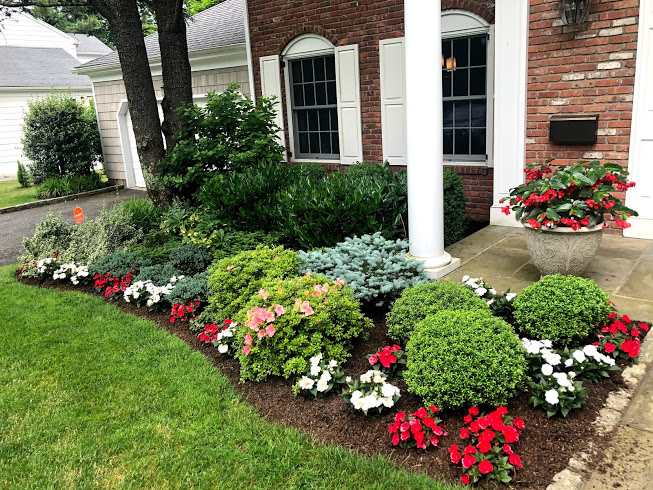Depending on your perspective, grass can be a number of things. For gardeners, it might be a ground cover where planting wouldn’t work. Families who use their lawn for playtime see it as an essential clean area. And to others who are more pragmatic, it’s simply a means of walking from one place to another.
But for those who love lawn care, a well-manicured lawn is a work of art, and edging it is the final step in making it stand out from your average lawn. Giving your lawn sharp definition with an edge makes it look more polished. The only problem is that grass doesn’t cooperate very well. Here’s what you should know about edging your lawn.
Do You Have to Edge Your Lawn?
No, edging the lawn will not impact its health in any way; it is simply a matter of aesthetics. Most homeowners don’t bother with this step. They are content to trim the grass that their lawnmower can’t reach using a string trimmer.
Though an edge doesn’t have direct benefits for your lawn’s health, it does offer some more practical advantages. An edge prevents rhizomes from invading mulched beds and also stops mulch from spilling out onto your lawn.
When to Edge Your Lawn
Establishing an edge between a lawn and flower bed is most easily done in late spring after the ground has had time to dry out. This makes the soil easier to work with, and allows you to get your beds mulched before summer when weeds have more of a chance to grow.
If you apply mulch to your bed after digging the trench, you’ll get a clean look. However, if you try to reverse the process, soil will end up on your mulch.
How to Edge Your Lawn
Mark the Edge
If you want a straighter edge, use a marker to make a line first, then follow it as you cut.
Tie Strings to the Stakes
Tie a string to one stake, then the other. The string should be taut and about 1 inch from the ground.
Begin Using Edger
To use the edger, stand on the side of the trench that will become the lawn (you should be facing the bed). Begin at either stake and push the edger down into place so that the blade is in line with string. The depth guard for this tool should be pointing toward you as you work. Move it around by wiggling it back-and-forth or from side to slide; keep it straight as you pull up and out of ground.
Make Side 2 of Trench
Go to the other side of the trench so that you’re looking at the lawn. At either end, start plunging the edger down slowly at a 45-degree angle until you reach where you cut on side 1. Side 2 won’t be as neat as side 1, but it doesn’t have to be because it will eventually be hidden with mulch.
Apply Fresh Mulch
If your bed needs an entirely new layer of mulch, do it now. Otherwise, if only a specific area bordering the trench requires attention, apply fresh mulch there.
Our garden services at Legarden Designs handles every element of the process – from the initial design consultation through the project’s completion. We also provide seasonal reviews and yearly walkthroughs. Contact us today!

